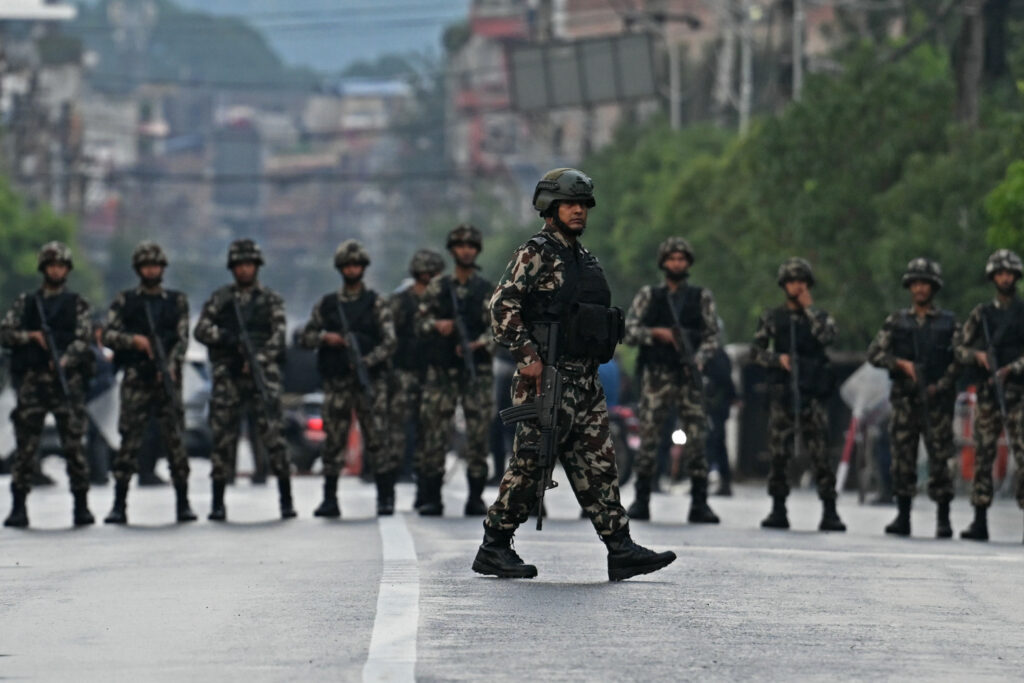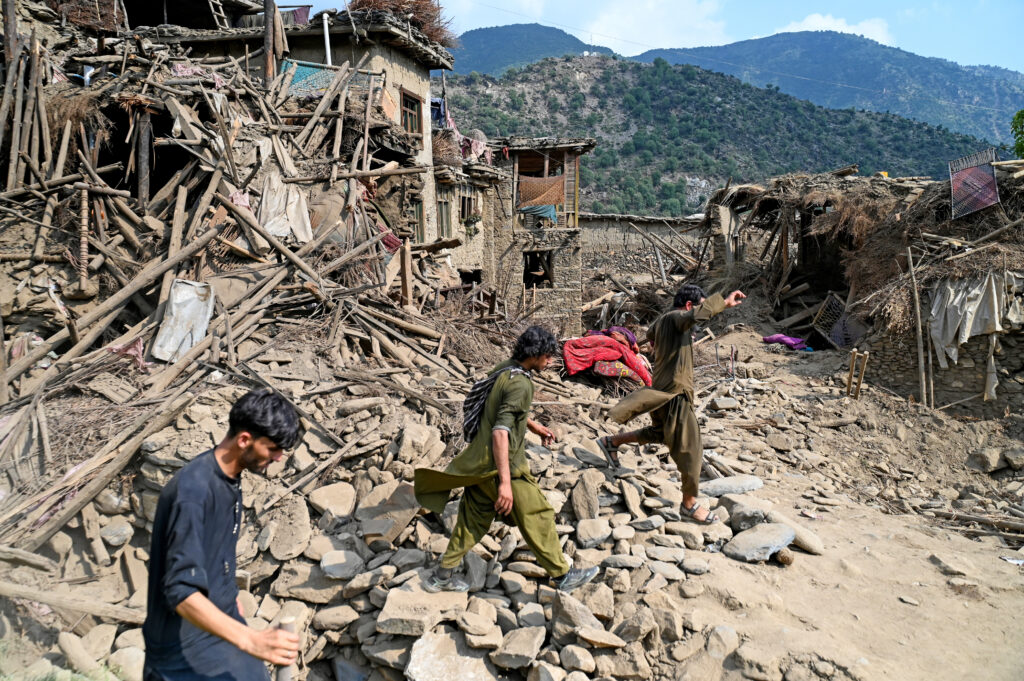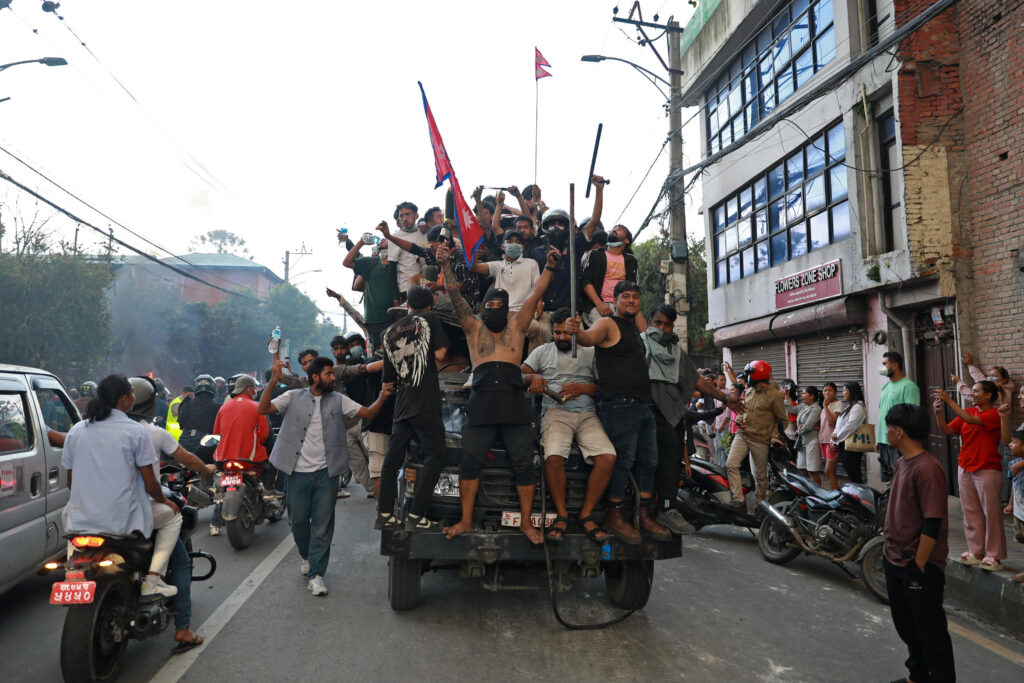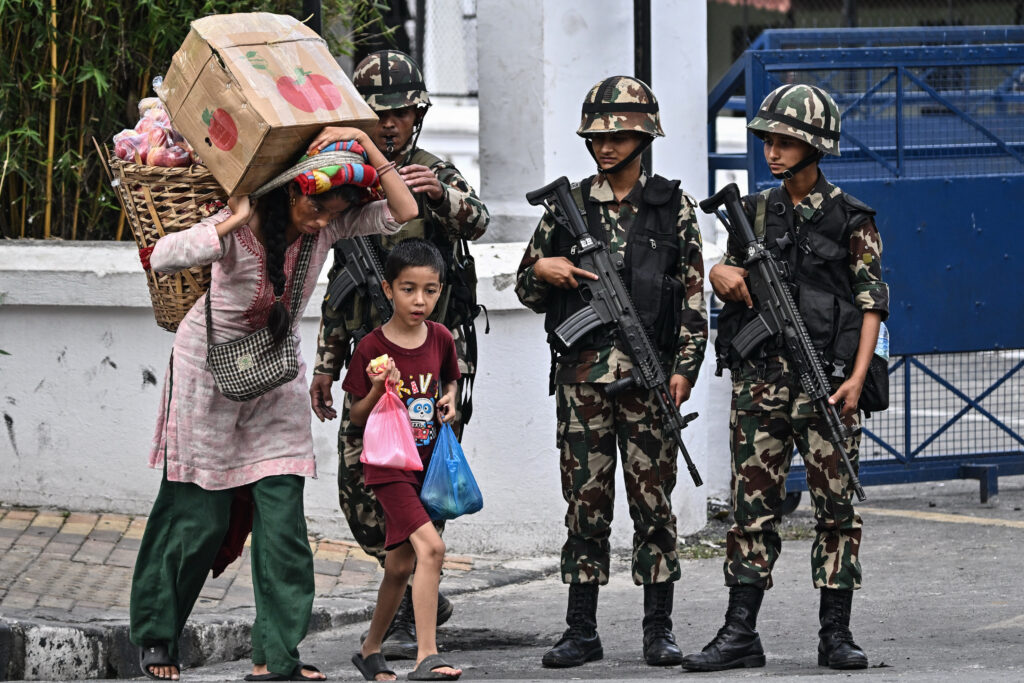Mourning Nepalis hope protest deaths will bring change
Grieving families of those killed in Nepal’s anti-corruption demonstrations say they hope the deaths will not be in vain, as the protesters’ choice of interim prime minister took charge Saturday. Among the dead was 30-year-old Santosh Bishwakarma, one of at least 51 people killed in two days of chaos this week — the worst unrest since the end of a decade-long civil war and the abolition of the monarchy in 2008.His widow Amika, also 30, her eyes swollen with grief, recalled his “ultimate dream” to “die having contributed to the nation”.Santosh was shot dead on Monday during the first wave of protests, led by the youth-driven “Gen Z” movement.A temporary social media ban sparked the demonstrations, tipping longstanding frustration over entrenched corruption and economic malaise into wider anger.”He used to say he wouldn’t die like a dog,” Amika told AFP in her modest Kathmandu home, clutching a framed photo of her late husband.”His dream was to make Nepal known to the world — and he did.”- ‘Just equality’ -KP Sharma Oli, the 73-year-old leader of the Communist Party, quit as prime minister a day after Santosh’s death and as protesters torched parliament, ending his fourth term in the post.On Friday, former chief justice Sushila Karki was sworn into office to lead a six-month transition to elections.Thousands of young activists had used the app Discord to debate the next steps — and name Karki as their choice of next leader.But Amika, now raising her 10-year-old son Ujwal and seven-year-old daughter Sonia alone, fears for the future.”My husband would have done everything to fulfil their dreams, even at the cost of his life,” she said. “But how am I supposed to manage everything on my own? He sacrificed his life for the country, and I hope the new government will help me.”Family friend Solan Rai, 42, said he believed the protests marked a turning point. “I hope we finally see real change this time,” he said, adding that the anger had been “more intense than anything we’ve seen before”. The World Bank says a “staggering” 82 percent of Nepal’s workforce is in informal employment — among the highest rates in the world. Its GDP per capita stands at just $1,447.At Kathmandu’s Pashupatinath temple on Friday, hundreds gathered for mass cremations. Families wept over the bodies of loved ones, including young men shot dead in the clashes. “I hope there is some justice — and our people finally get the change they so desperately seek,” said Ratna Maharjan, grieving for her son, breaking down into tears.One mother refused to release her son’s body, wrapped in a shroud, clinging to him on the temple steps.Nearby, police officers laid garlands of marigolds on their fallen colleague as a bugler played over the smoke-filled riverbank.Amika’s plea was simple. “What we seek isn’t too much to ask — just equality,” she said. “So the rich don’t thrive while the poor languish.”





